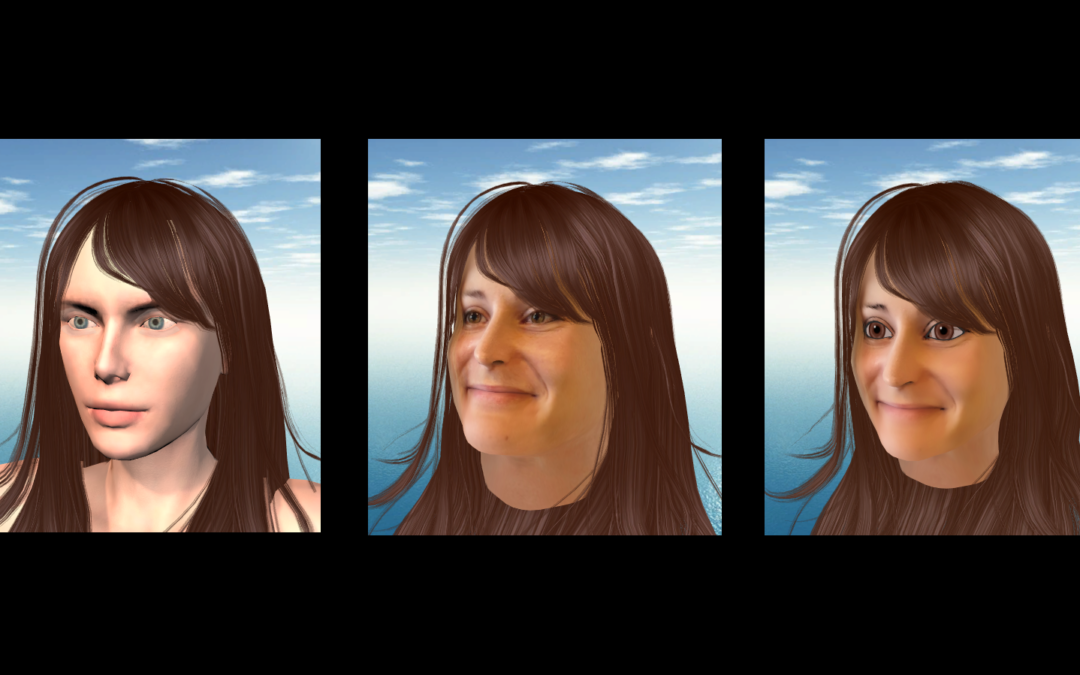At the heart of the VR-Together project lies the objective to enable social VR experiences with strong feelings of immersion as well as co-presence. To achieve this strong social sense of sharing a space together, photorealistic real-time representations of users are used, rather than relying on abstract avatars as found in such offerings as Facebook Spaces or AltspaceVR. Using state-of-the-art technologies developed by consortium partners and off-the-shelf hardware such as Microsoft Kinect or Intel RealSense sensors, users are scanned in real-time and the captured representations are processed and streamed as point clouds or time varying meshes (TVM). These approaches to user representation, combined with HMD removal technology, allow users sharing the virtual space – while in geographically separate locations – to see each other in all three dimensions.
Early feedback from users of the Pilot 1 demonstrations regarding the ability to see themselves and others, has been positive. The question still remains however, whether or not accurate self-representation has a significant positive impact on your sense of immersion, co-presence and the overall quality of experience. Both when seeing yourself as well as when interacting with others sharing the same virtual environment with you.
To answer this question, VR-Together consortium partner Artanim will this summer run an experiment in which users will be placed in a virtual environment in which they are virtualized by a representation of themselves at varying levels of realism and likeness.
User representations will be created at 3 different levels of accuracy:
- An abstract avatar-like representation which does not match the participant
- A realistic representation of the participant
- An in-between more abstract – perhaps cartoon-like – representation of the participant, which is still recognizable, but steers clear of such undesirable effects as the “Uncanny Valley”.
To evaluate self-representation, single users will be placed in a virtual environment in which, by means of a virtual mirror, they will be able to observe themselves. The question there is whether or not an increased likeness improves the overall VR experience. To evaluate the importance of avatar likeness in the representation of others, pairs of users who know each other (i.e. friends or family) will share a virtual environment together, again being represented at varying levels of likeness. The goal there is to understand the effects on such aspects as immersion, togetherness and quality of interaction.
The proposed experiment will help us better understand what scenarios benefit most from realistic and recognizable user representation in Virtual Reality experiences, and to what extent realism is desirable in social VR.

